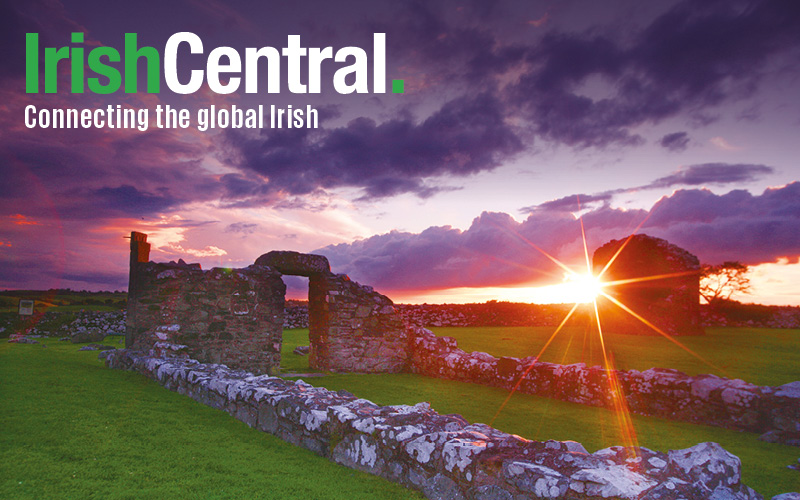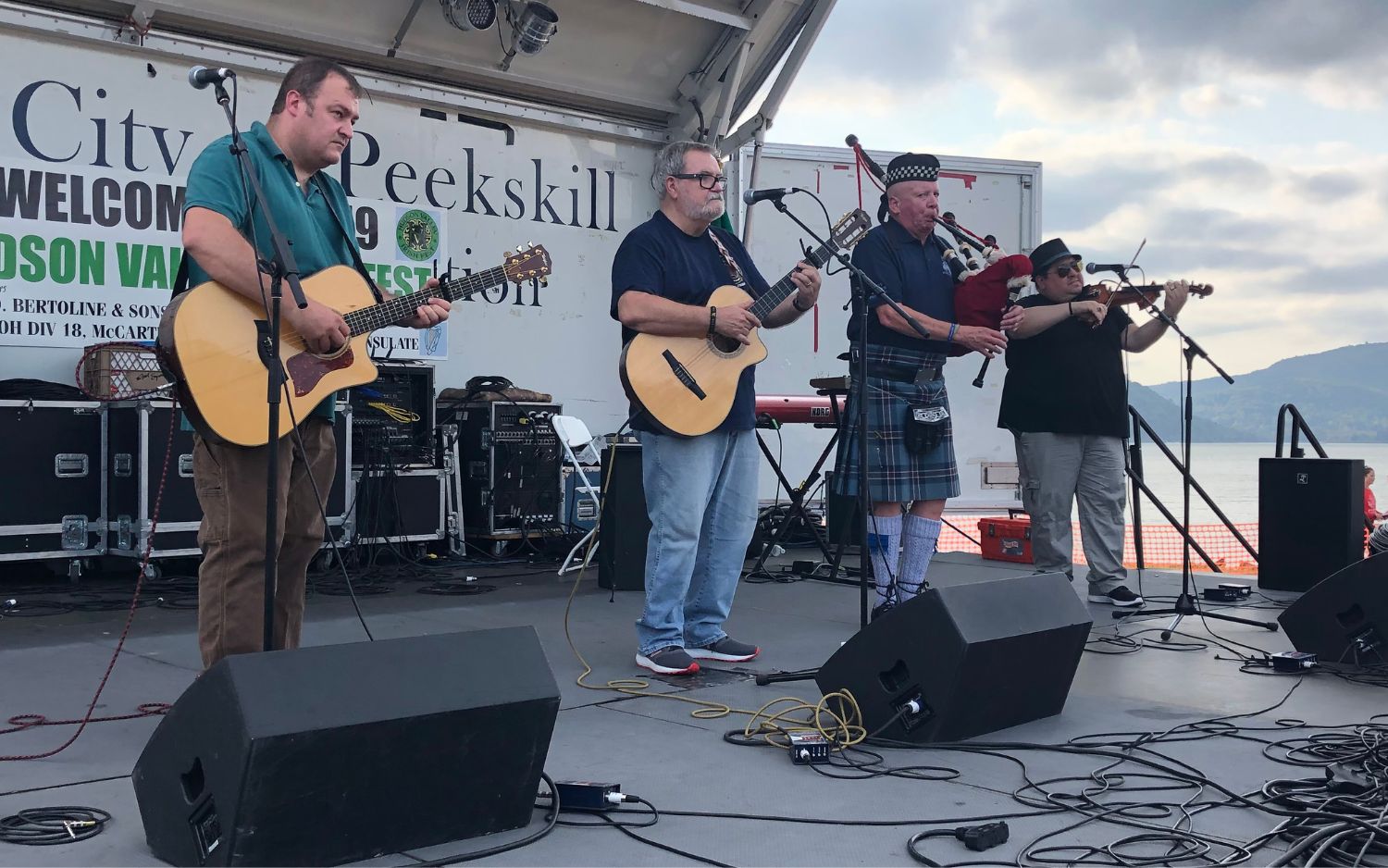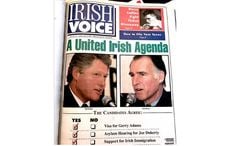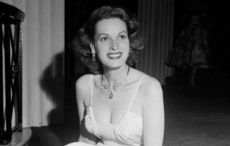There is no parish in all of Ireland whose folklore and general culture has been so richly and rarely recorded as my homeland parish of Cleenish in Fermanagh.
This arises because the distinguished folklorist and ethnologist Henry Glassie came to the area as a young man 40 years ago and used all his academic and social skills to get under the skin, so to speak, of both the place stretching along the Arney River and the people who farmed its lands.
He discovered the old name for the area – Ballymenone – and in the decades since has produced a series of Ballymenone books and even recordings which create a unique record of a quietly complex area and its folk.
Henry Glassie, recently retired from the Folklore Chair at Indiana University, came back to our place on a truly golden early July evening as I told you a couple of weeks ago, and I had the quiet joy of being in the packed audience in the Cleenish Community Center below the Arney Chapel which heard and relished a quite remarkably brilliant lecture from a special man who has come to love the area at least as much as any of them do.
I was touched to the very core of my hardy enough heart by not just the width and depth of his scholarship and accurate judgments, but by his palpable affection for the countrymen and women he met over 40 years ago now when he walked down the Rossdoney Road into a different world.
I had already left the parish by the time he came in the seventies but, as he spoke after being led into the hall by a costumed band of the Mummers whose tradition he recorded back then, I realized that I had known almost all of the older people he became friendly with as he studied their lives and customs.
Many of them were customers in my father's little shop when I was helping Sandy behind the counter after school. I knew most of them well indeed, the farmers and housewives and farm laborers on the pages of his works, and that garnished my enjoyment of the evening.
I was very young then of course, but what struck me during Glassie's talk was how he had learned so many profound enough wisdoms from people, Lord help us, for whom I had little respect or liking at the time. And Glassie was totally honest about them in his recall too.
He frankly said one of his male sources was normally quite dirty of dress and lived in a house which was unclean (I remember that too), but this source taught him perhaps more than any of the others about Ballymenone and its customs and practices.
Another of his sources, Pee Flanagan, was the musician who taught my younger brother Cathal his first tunes on the tin whistle and, in that way, launched him down the musical road on which he has been so happy and fulfilled all his life.
Dick Cutler from Gortdonaghy was in the audience, and we had a chat before the evening was over. Dick's mother Ellen Cutler was another source, and I was hugely intrigued when Glassie suggested to us that in his view, there is no better example of Irish folk art than a traditional old delph-filled dresser of the type Ellen Cutler had in her home.
What he said was that the gleaming delph pieces displayed on the shelves of the dresser were never used for eating. They all had a history to them, were all mainly gifts, were precious links with the generations gone on ahead. I will never look at a dresser with the same eyes again.
There was so much more to the evening. It was part of a year-long project about our parish about which I will tell ye more later, a marvelously warm cross-community exercise too.
At the end of the evening my friend, the Dublin balladeer Sean O Ceallachain, and I were at the heart of a mighty singsong in the Regal Bar at Arney Cross. You would not have better craic in Clare than that hosted by Seamus Connolly and his daughter
Bernie, and it is the pure truth that I was awakened the following late morning by the largest cricket in the whole of Ireland!
But that is another story too…




Comments